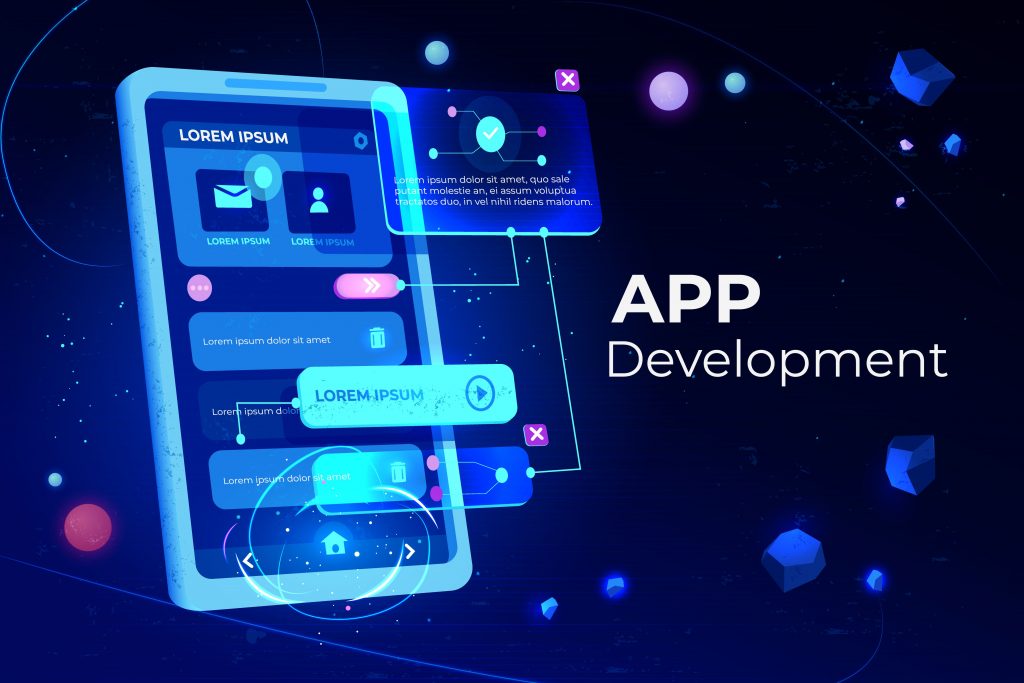On occasion, sophisticated tools are required to implement current, well-liked mobile applications. Because of this, seasoned developers work hard to meet current market demands in this area. The most fascinating and practical technologies have become the topic of conversation is Flutter or React Native.
In 2015, the open-source React Native cross-platform software that combined the native APIs for iOS and Android was released on GitHub. Despite its undeniable advantages, we are confident that you are aware of another intriguing, novel programming, called Flutter, which is Google’s cutting-edge response to conventional technology. In 2017, a new user interface was introduced with the goal of creating native apps for iOS and Android platforms quickly and to a high standard given by Flutter or React Native.
Although creating mobile applications is essential for businesses, investors in those businesses are finding it increasingly difficult to do so because of the following issues:
In 2017, Google announced Flutter, a brand-new hybrid mobile application development framework.
The fact that Flutter employs the Dart programming language means that its applications can operate on both the Android and iOS platforms, which is one of its benefits. The performance of the applications created with the aid of Flutter is absurdly quick.
React Native is a potent javascript framework created by Facebook to quickly create wonderful, unique applications that can operate on iOS and Android operating systems. It is a JavaScript library for designing user interfaces that were created by Facebook and are based on React; however, it targets mobile devices rather than the Web Platform.
Both Flutter or React Native are top cross-platform mobile app development frameworks, and they share many features. The primary distinction, however, is between the two programming languages: Flutter utilizes Dart while React Native uses JavaScript.
There are two perspectives on this.
JS has a stronghold. Dart is a relative newcomer (it has been around for 10 years), yet it is a better language.
When the initial takeoff time is taken into account, Flutter is more rapid to market than React Native. Although this is controversial, siding with Flutter because each platform may need performance improvement.
Overall, Flutter is a clear victor in this comparison because it has many developer-friendly features integrated right into the framework itself ( IDE support, CI/CD, Deployment, rich component library, debugging). Despite the fact that third-party components like Expo, React Native Paper, and Fast lane greatly simplify these sections for
Obviously, Flutter is the winner is best.

Because React applications operate with the aid of the javascript bridge, applications created with React Native have trouble rendering massive datasets. However, we can speed up an application by using third-party libraries.
Applications created using flutter are created faster than those created with React Native because flutter has the benefit of using Dart. One of the world’s fastest compiled-based languages is a dart.
Because React Native has been around for more than 3 years, all of the IDEs that are now available support it. vs Code, IntelliJ IDEA, and Android Studio are the only IDEs that currently support Flutter.
The native interface for Wi-Fi, Bluetooth, camera, biometrics, and NFC payments is provided by React Native, however, it lacks any tools for customizing the graphics. Only Bluetooth and NFC payments can be made using the Flutter interface, and even those are still in the development stage.
It is important to think about the architecture of a framework before choosing it. The architectures of Flutter or React Native are wholly dissimilar.
Based on the Flux architecture used by Facebook, React Native is a mobile development framework. It is predicated on the idea of the JS runtime environment, sometimes known as the Javascript Bridge. When interacting with native threads, this bridge is used. At runtime, the Javascript source code is converted to native code.
Because the javascript bridge utilized in the former is less effective than the one in Flutter, React Native performs worse than Flutter. The architecture of Flutter has all the components required.
It relies on the platform’s support for native components whether it can be used to create cross-platform apps. For a native application, native components are crucial. Moreover, the API is crucial. The ability to access native modules through a framework with a correct API is crucial.
React Native offers device API and UI rendering just like React. In order to access native components, it significantly relies on third-party modules. There’s no denying that React Native’s UI rendering component is top-notch, but it relies too heavily on outside libraries.
In terms of separating logic, navigation, and design for an application, React Native has done an amazing job.
The UI components, template files, and data are all combined in Flutter for Mobile app development. Because Dart is the primary programming language used, even complicated applications can develop UI elements.
If you want to use your current developer skill sets, pick React Native. This is more true than ever in the current talent war scenario where you can’t always attract top talent.
If you want to develop twice—once for mobile and once for the web—and you don’t mind being mobile-first, go with Flutter. Flutter or React Native for the time being and you don’t lack funds or developers.
Hope this article helps you to understand the main difference between Flutter or React Native and the future scope. Follow more interesting insights with Devtech Today.